Enjoy this behind-the-story look at William and the Wind by Shannen Yauger. This original illustrated storybook from The Good and the Beautiful Library is based on the story of William Kamkwamba, most commonly known as “the boy who harnessed the wind.”
Download these free coloring pages with images taken from William and the Wind.

William and the Wind
William Kamkwamba stands out as an individual who truly overcame an enormous obstacle and used the lessons he learned to help others. Jenny Phillips and I wanted to focus on people who persevered through hardships and made a difference because of it. While researching biographies to feature in The Good and the Beautiful Library, we came across his powerful story.
William’s story begins when he was a young teen in Malawi. Due to extreme famine, his family did not have food or money and were unable to pay school fees. Instead of accepting defeat, he worked with his village librarian and continued to study, learn, and grow.
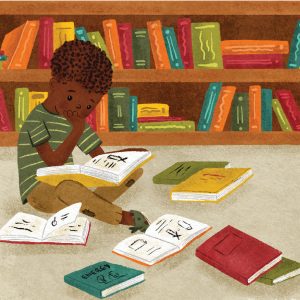
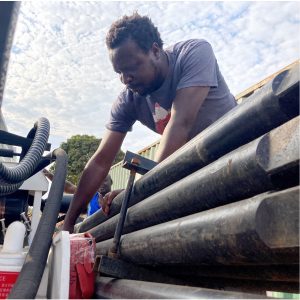
Photograph by: Olivia Scott Kamkwamba
His natural curiosity for all things science led him to a junior high school textbook from the US about energy. He studied this book and imagined a way to build an electricity-producing windmill using scrap metal and spare parts.
I found William’s story inspiring. In the face of extreme adversity, he didn’t give up. He found a way to continue to learn, and he wasn’t afraid to try and fail. His curiosity led him to save not only himself but also an entire community.

The Boy Who Harnessed the Wind
William is one of seven children and the only boy in his family. He grew up in a family of farmers, in a country of farmers, most of whom grew maize. In 2001, his country experienced a horrible famine. In a short span of time, starvation caused the deaths of many people. With no food, there was also no income. In William’s words from his Ted Talk in July 2009: “I was forced to drop out of school. I looked at my father and looked at those dry fields. It was the future I couldn’t accept.”
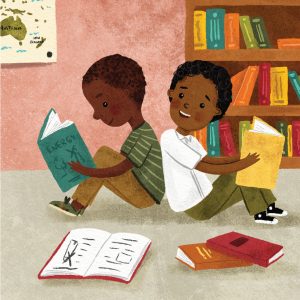
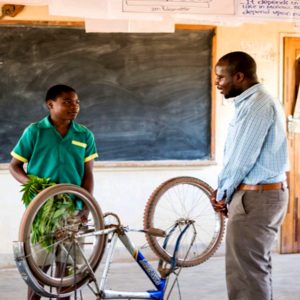
Photograph by: Gilbert Wimbe
Determined to continue learning, William frequented the village library. He studied anything he could get his hands on, but he especially loved science. He was fascinated by books on energy and physics. If he was unable to read the words, as the books were written in English, he studied the diagrams and pictures to help him decipher the words on the pages.
A textbook on energy lit a fire in William to reach further than anyone in his village ever had before. He found a section on windmills and figured out that a windmill could pump water and generate electricity. He was fascinated by this concept and worked hard to make this a reality for his people.
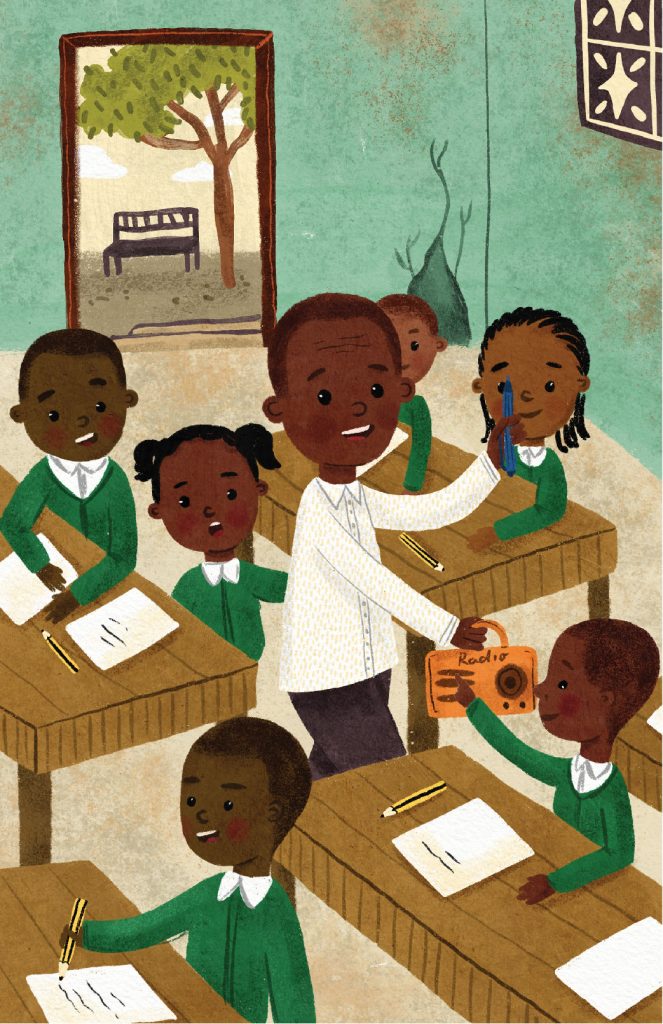
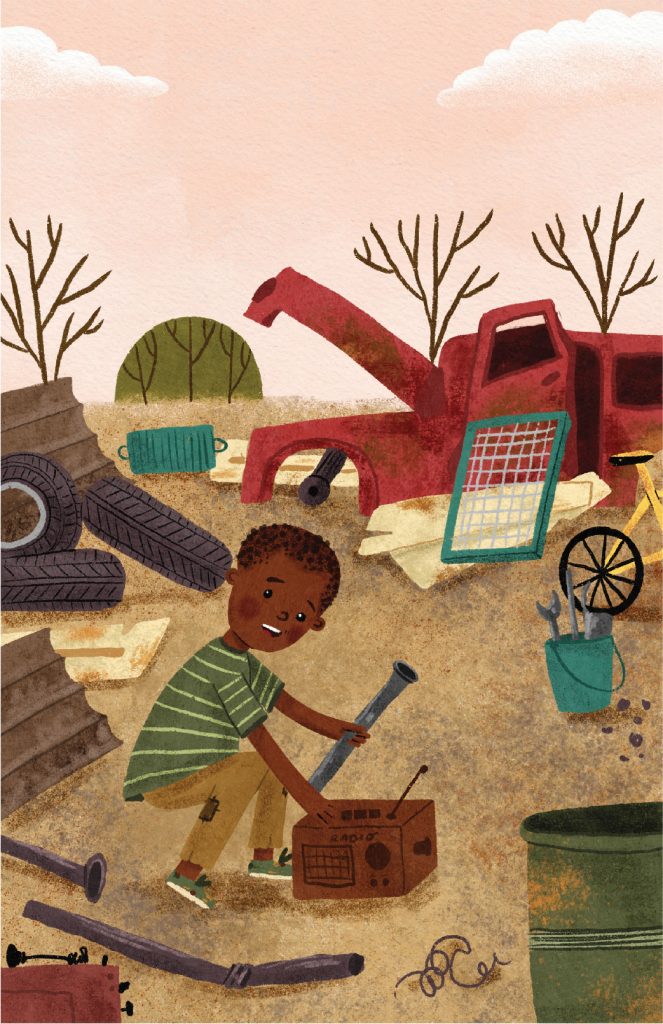
His first windmill, built from scraps, generated electricity for one light bulb. This seemingly small success was all that William needed to grow his confidence. One light bulb grew to multiple lights for his home, then to a machine to pump water for irrigation. People from his village came to charge their electronics.
Reporters found their way to him as well, and his story was shared around the world in books and in a well-known movie. William co-wrote The Boy Who Harnessed the Wind (2010) and then followed it up with a picture book edition (2012) as well as a young readers edition (2016).
*The original book is not on The Good and the Beautiful Book List; however, the picture book edition is. Find it on our free digital Book List.

William Kamkwamba’s Impact Today
Such publicity made it possible for William to share his story of invention and discovery. Furthermore, he was asked to speak at a TED Talk, and there he discussed his dream of building a larger windmill to help with irrigation for his entire village. He shared that he wanted to go back to school and continue his education. Many people heard William and vowed to help.
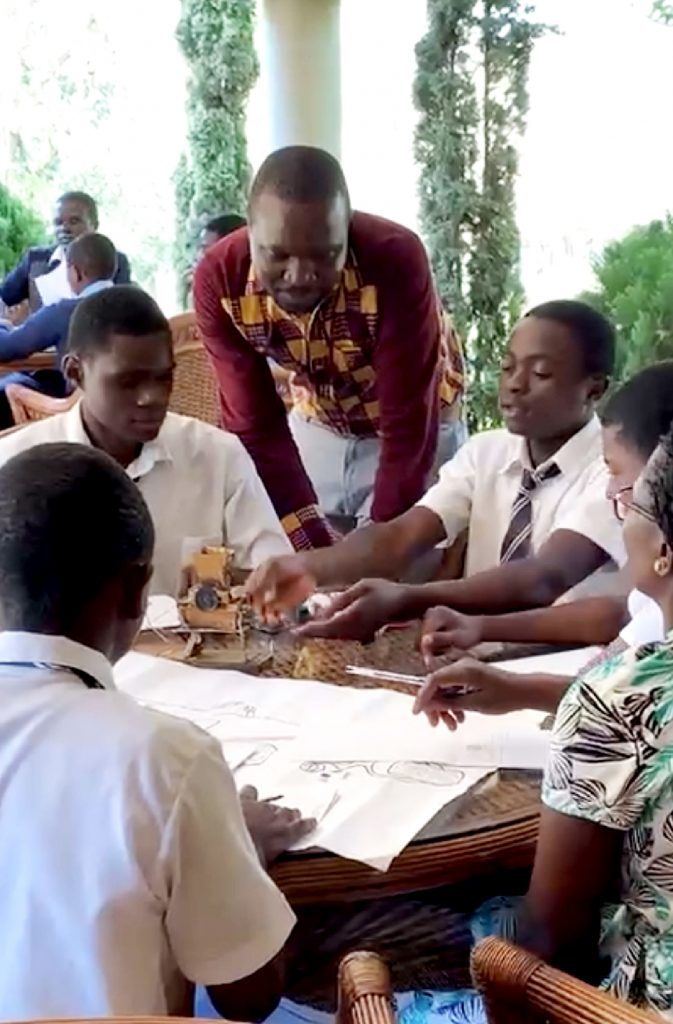
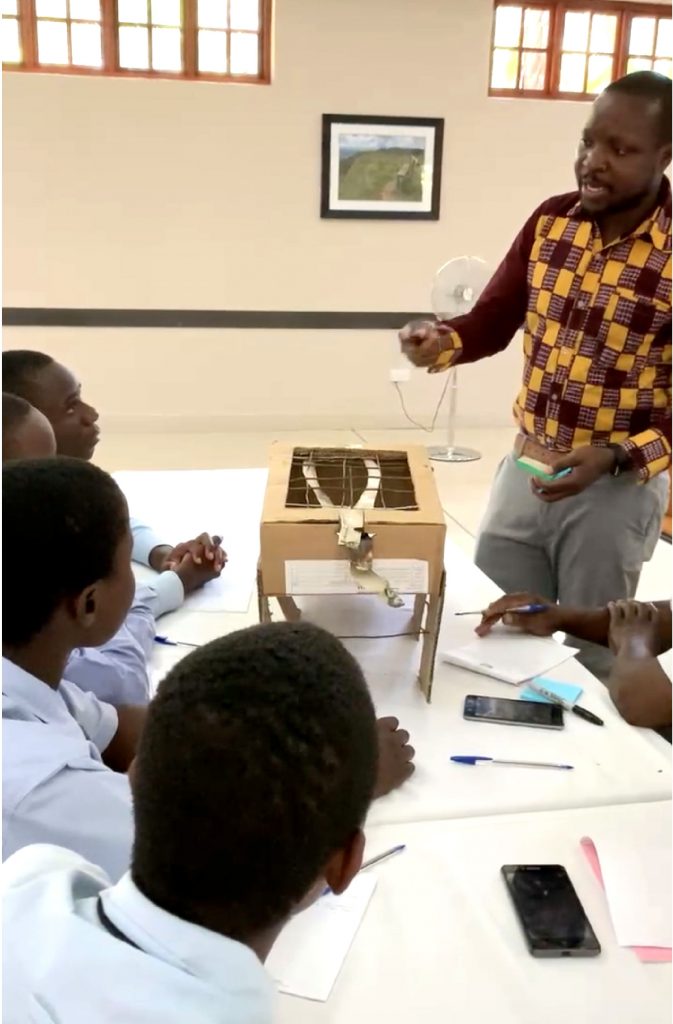
Photographs by: Gilbert Wimbe
Scholarships, mentorships, and a community of business leaders made it possible for William to not only return to school but also to work with organizations to inspire other children in his country to reach for their dreams.
As the co-founder of the Moving Windmills Project, William “inspires a generation of problem solvers” by teaching children to use their natural curiosity to create ways to improve their lives. This project has also built wells, installed solar-powered pumps, renovated local schools, provided learning materials, and supported community development efforts.
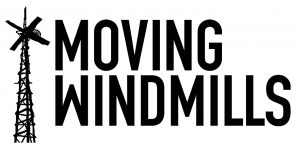

William’s Powerful Story
No matter the hardships William Kamkwamba faced, he persevered. He did not give up. Against all odds, he used his desire to learn and his natural gift of curiosity to save his community.
In his first TED Talk, William ended his story with, “I tried. And I made it.” Two years later, he added to this inspirational wisdom with advice: “Trust yourself and believe. Whatever happens, don’t give up.”
Don’t forget to download our free coloring pages!

You may also like . . .

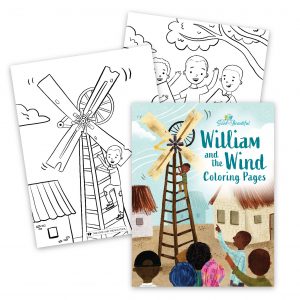
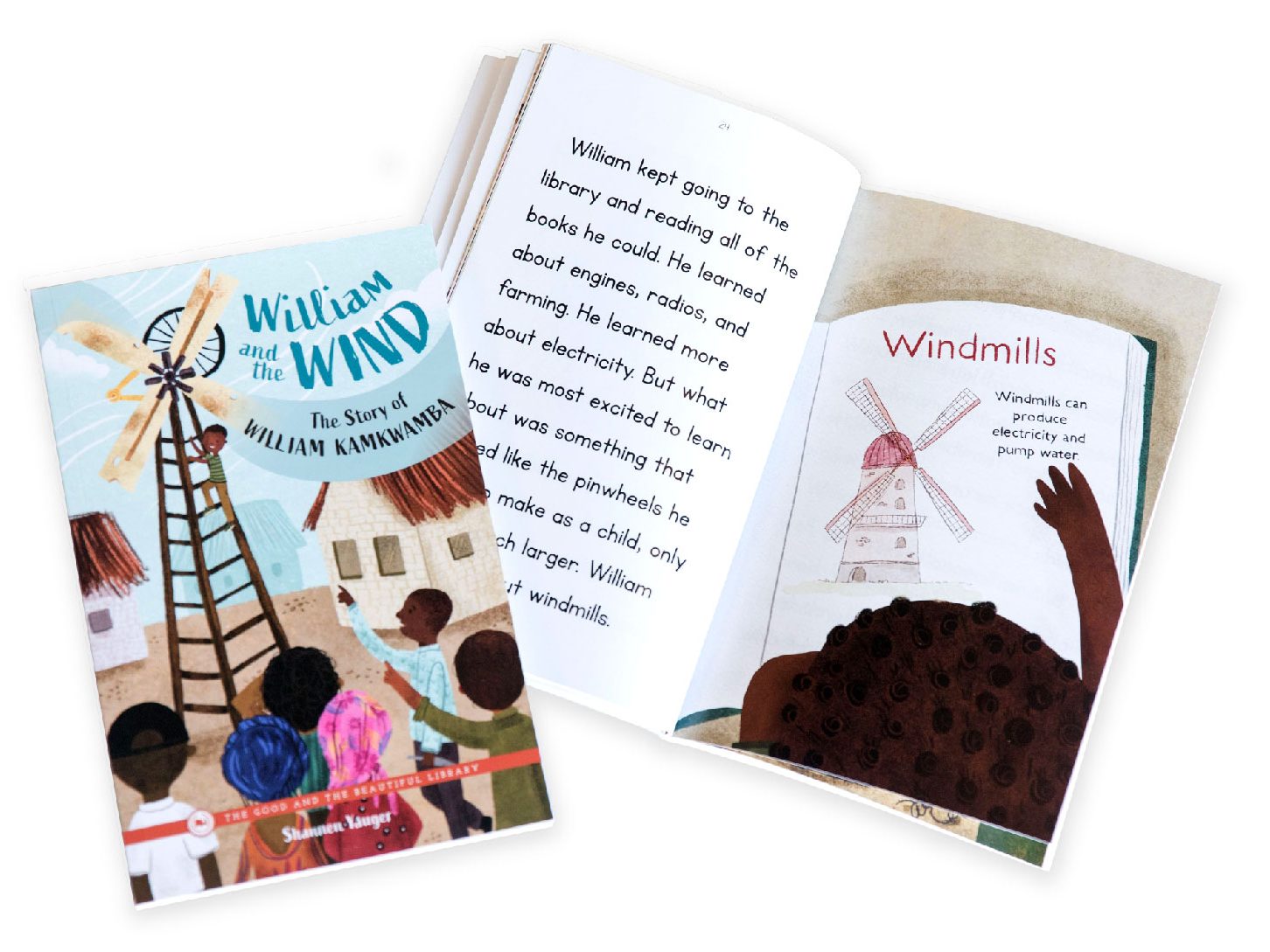
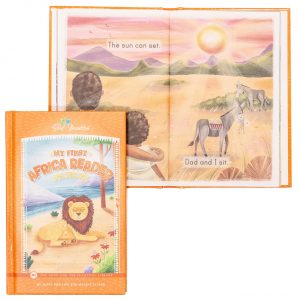

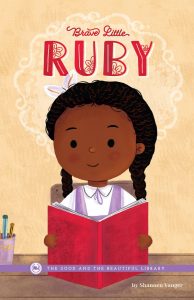
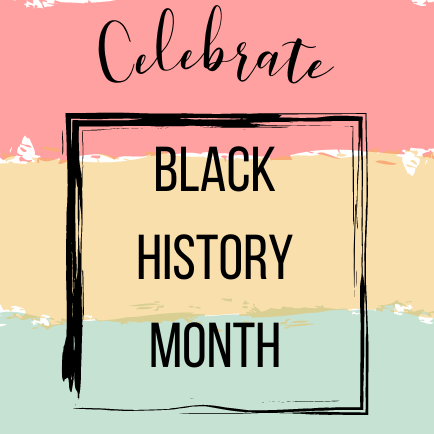
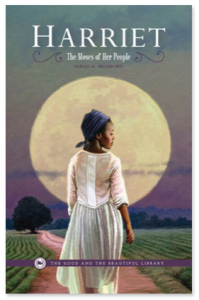


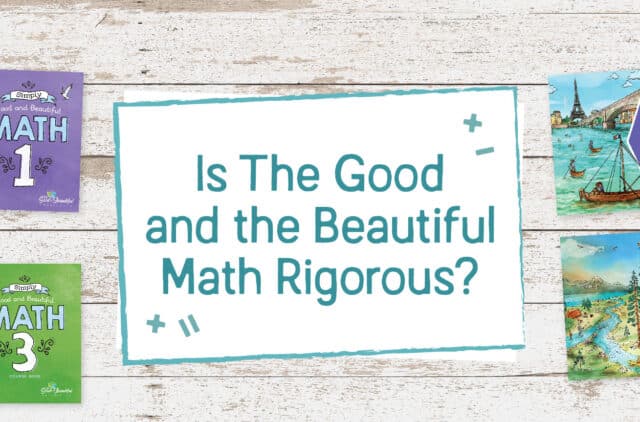
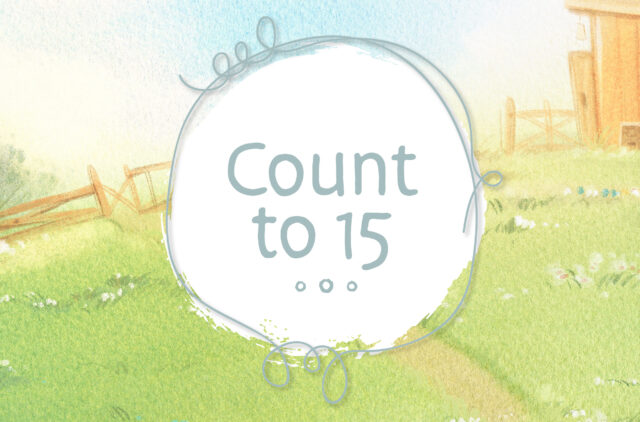

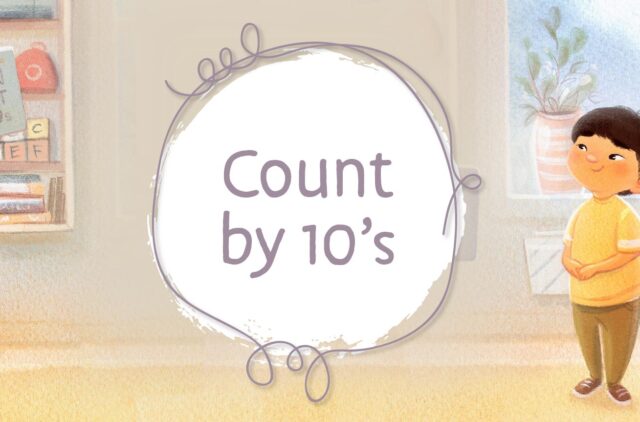


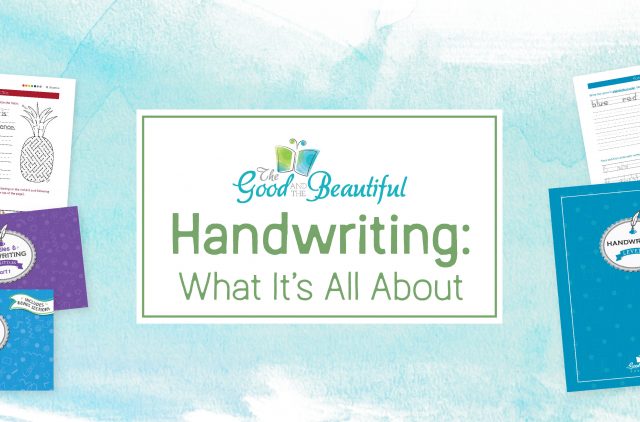
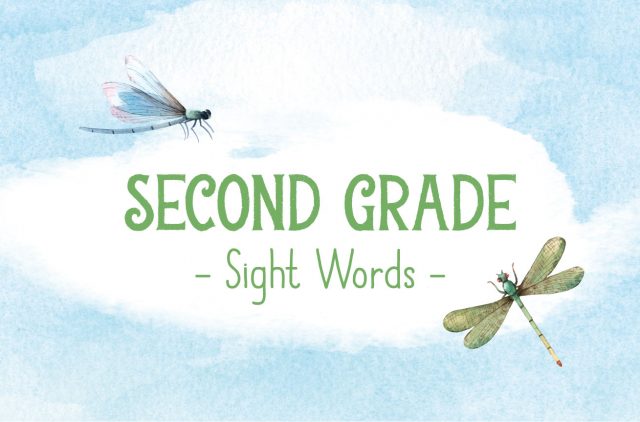
Comments
Just wondering why the original edition of the book and/or the young readers edition did not make the book list?
Thanks
Thank you for your interest, Alisha! The books can be found on our free book list. Here is a link for the Level 2 book that is included in The Good and the Beautiful Library: https://goodandbeautifulbooklist.com/book/william-and-the-wind-the-story-of-william-kamkwamba/